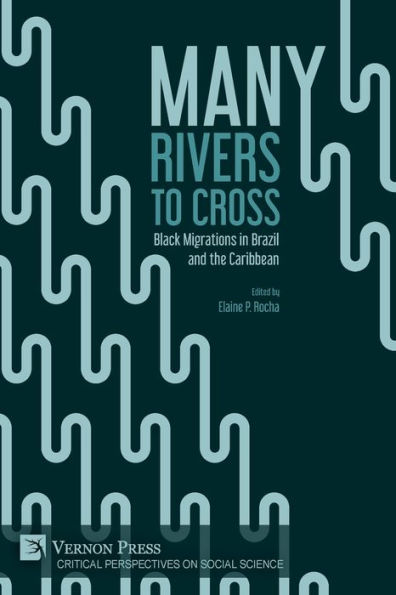Home
Many Rivers to Cross: Black Migrations Brazil and the Caribbean
Loading Inventory...
Barnes and Noble
Many Rivers to Cross: Black Migrations Brazil and the Caribbean
Current price: $109.00


Barnes and Noble
Many Rivers to Cross: Black Migrations Brazil and the Caribbean
Current price: $109.00
Loading Inventory...
Size: Hardcover
*Product Information may vary - to confirm product availability, pricing, and additional information please contact Barnes and Noble
Since the first contact with Europeans, the Americas have been a continent of immigrants as much as a continent of continuous migrations. Black migrations represent more than the transit of people between countries and regions and from rural areas to urban centers. It contributed to constructing networks that made survival possible, creating neighborhoods and cultural expression, impacting dietary habits, exchanging crops and agricultural techniques, and uplifting families from slavery and misery to ownership, education, and political representation. The most dangerous elements that moved from place to place with blacks were the ideas of freedom and citizenship.
This book brings together articles from authors dedicated to the study of black migrations in diverse countries as well as in diverse historical periods to highlight that the movement of black people has been continuous over the centuries. Sometimes voluntarily, others coerced, people have moved from one place to another, carrying with them history and important cultural traditions such as language, music, and religion. Moreover, dangerous ideas of liberty and equality would spread through the African Diaspora.
Ten authors from renowned universities contributed with their works on black migrations from a transnational perspective, exploring how people have transited between regions, countries, and continents, carrying their ideas, costumes, beliefs, and strategies for survival. In their trajectories, migrants built communities, created religions, musical traditions, languages, and much more. They influenced politics, contributed to revolutions and wars, to the economy, and shaped societies. For centuries, Latin America's official history has pushed black immigrants' histories to the margins, keeping them in the shadows and denying their importance in the construction of the modern world. The works brought together in this book aim to contribute to breaking this pattern, bringing the experiences of black migrants from the margins to the center.
This book brings together articles from authors dedicated to the study of black migrations in diverse countries as well as in diverse historical periods to highlight that the movement of black people has been continuous over the centuries. Sometimes voluntarily, others coerced, people have moved from one place to another, carrying with them history and important cultural traditions such as language, music, and religion. Moreover, dangerous ideas of liberty and equality would spread through the African Diaspora.
Ten authors from renowned universities contributed with their works on black migrations from a transnational perspective, exploring how people have transited between regions, countries, and continents, carrying their ideas, costumes, beliefs, and strategies for survival. In their trajectories, migrants built communities, created religions, musical traditions, languages, and much more. They influenced politics, contributed to revolutions and wars, to the economy, and shaped societies. For centuries, Latin America's official history has pushed black immigrants' histories to the margins, keeping them in the shadows and denying their importance in the construction of the modern world. The works brought together in this book aim to contribute to breaking this pattern, bringing the experiences of black migrants from the margins to the center.

















